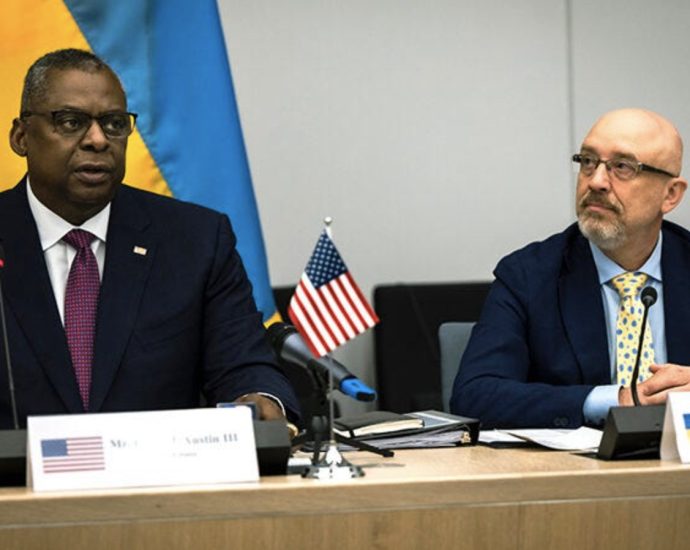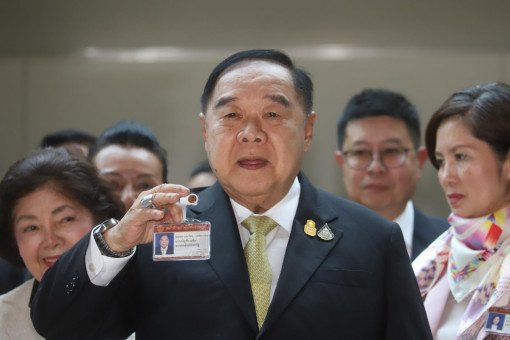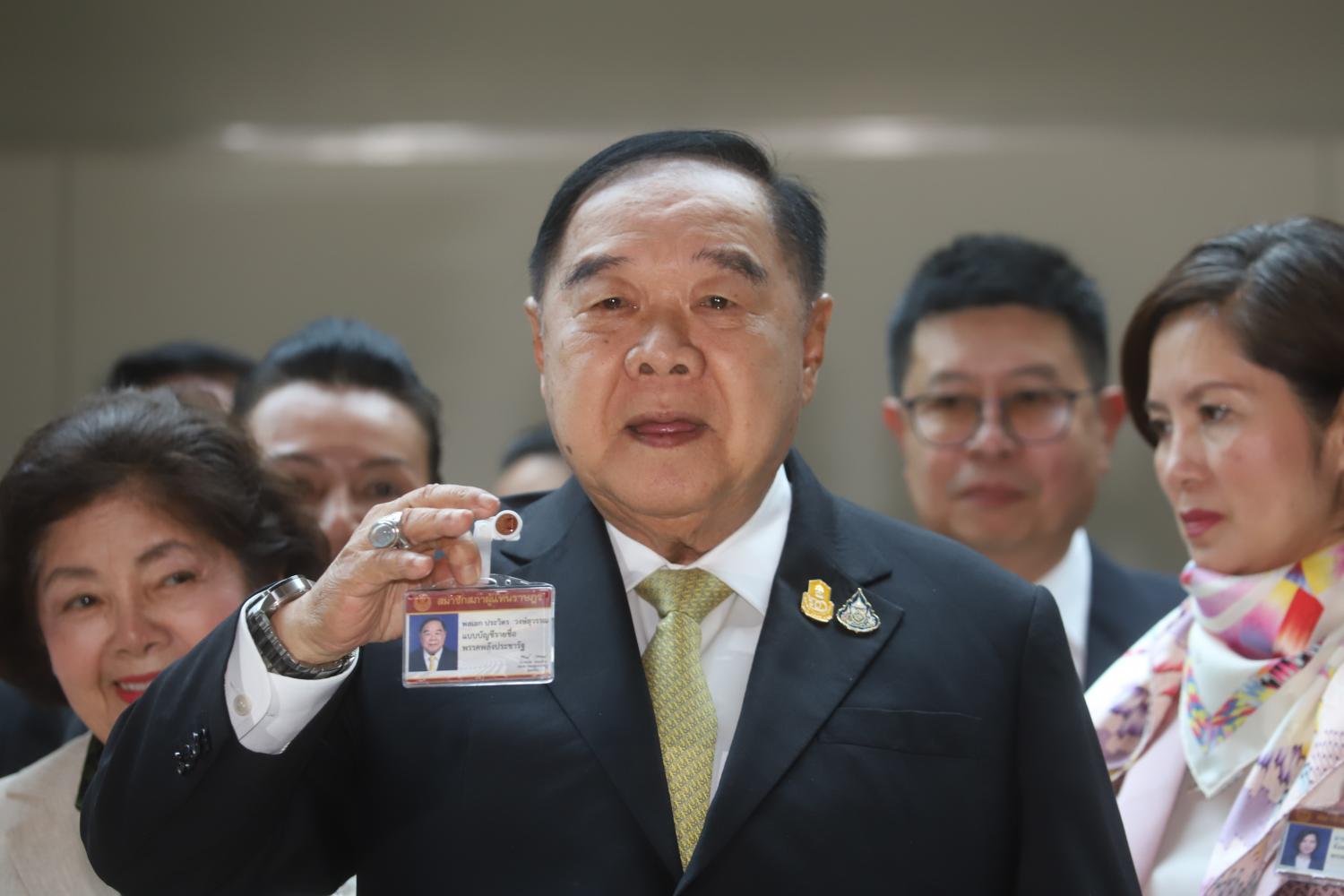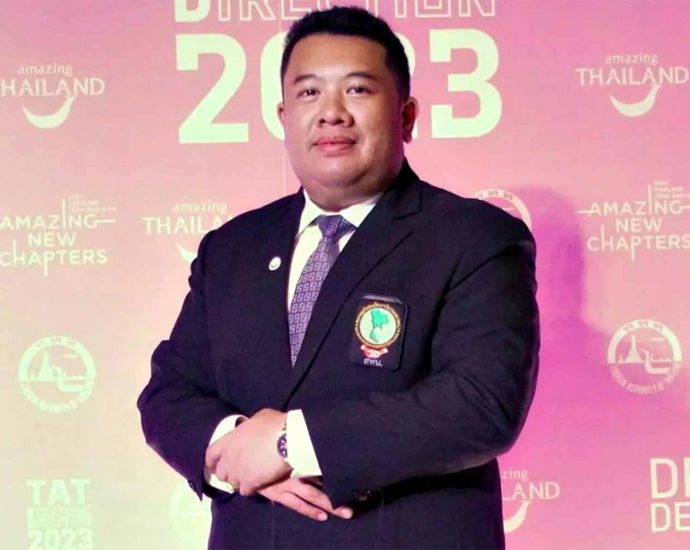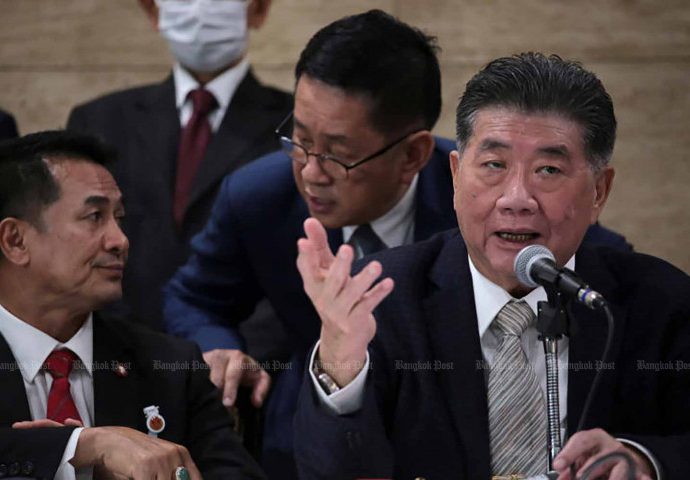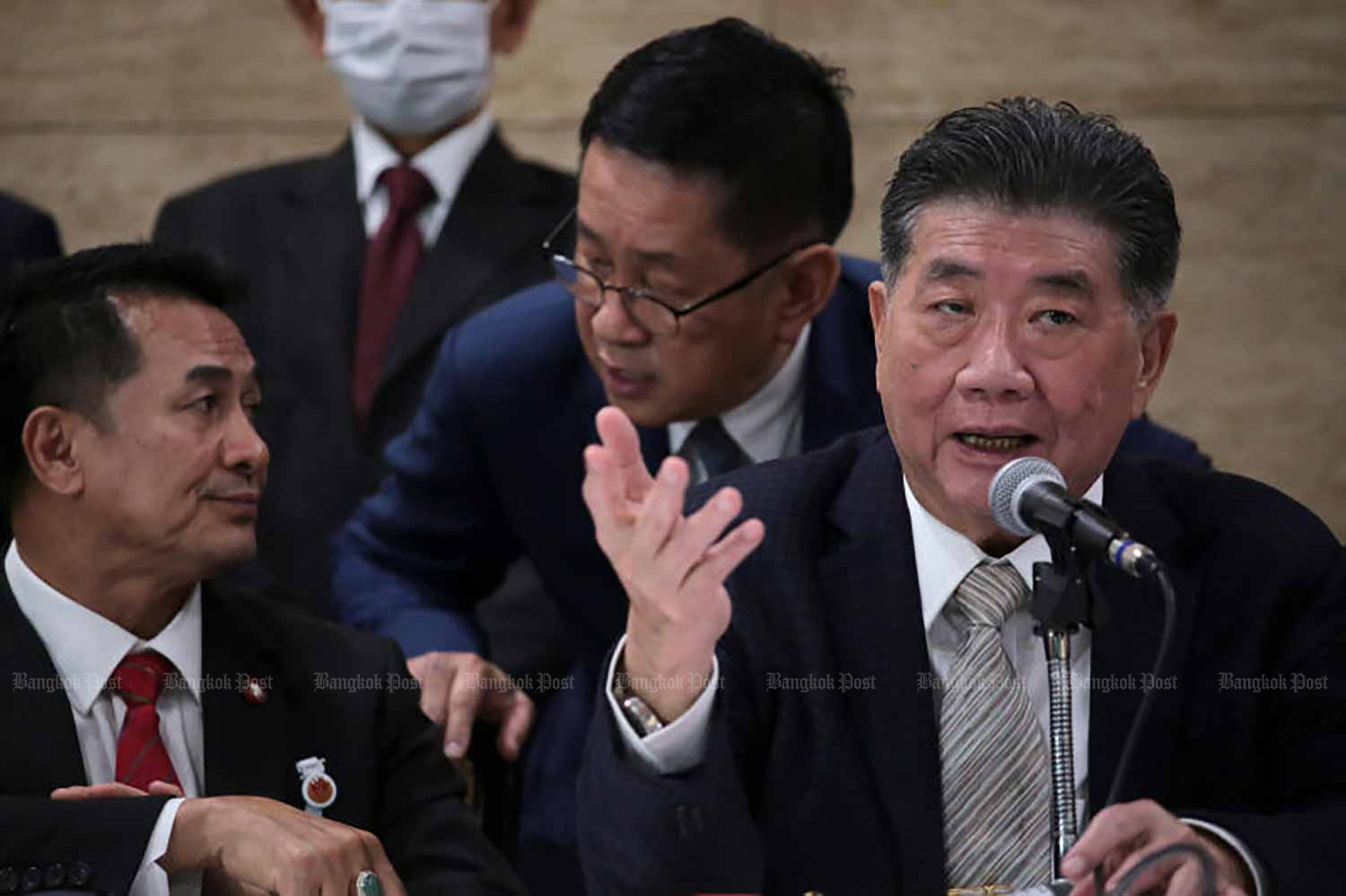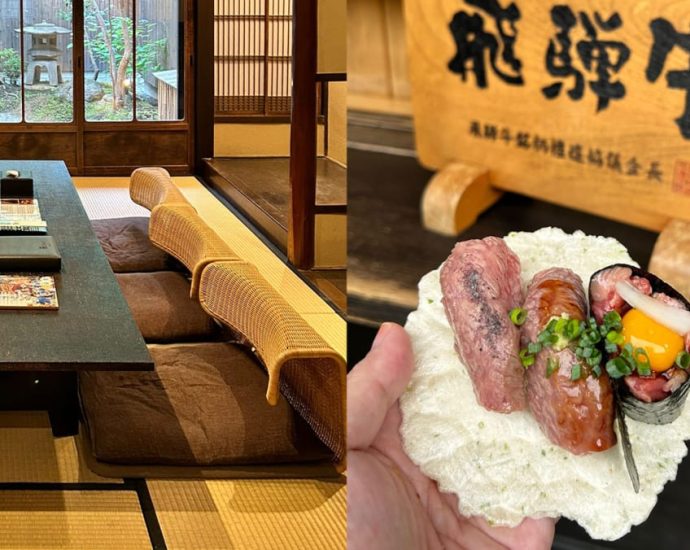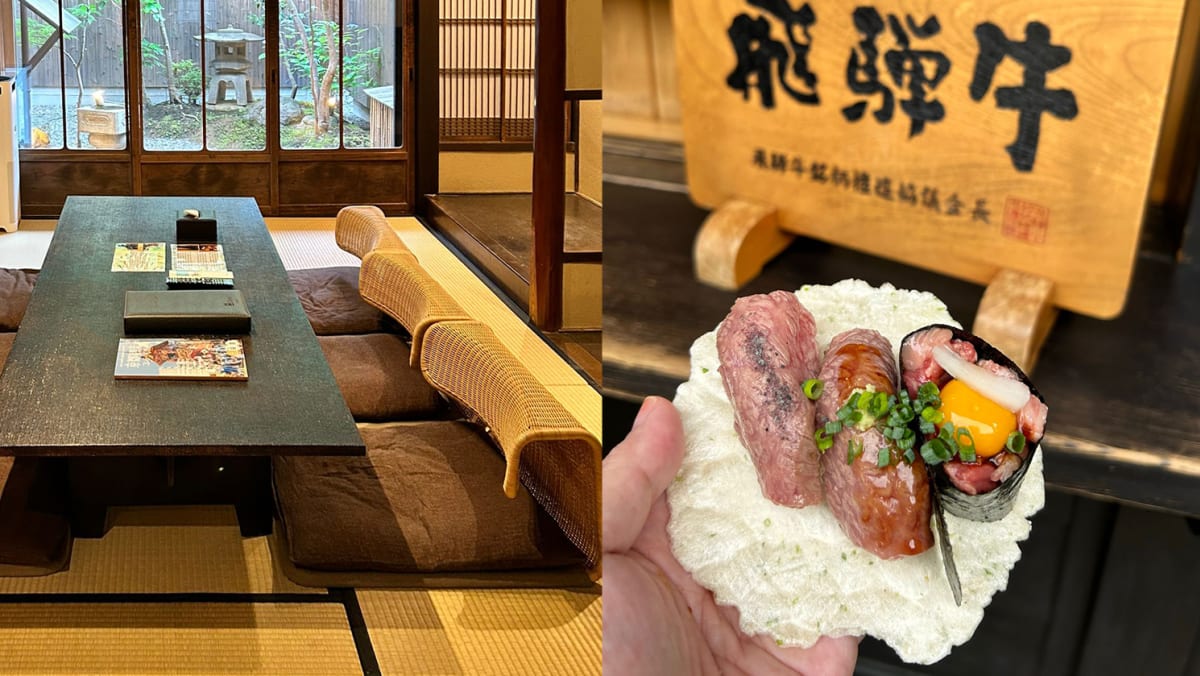Tour boat sunk by waterspout off Phetchaburi, 2 missing
PUBLISHED : 13 Aug 2023 at 09:48
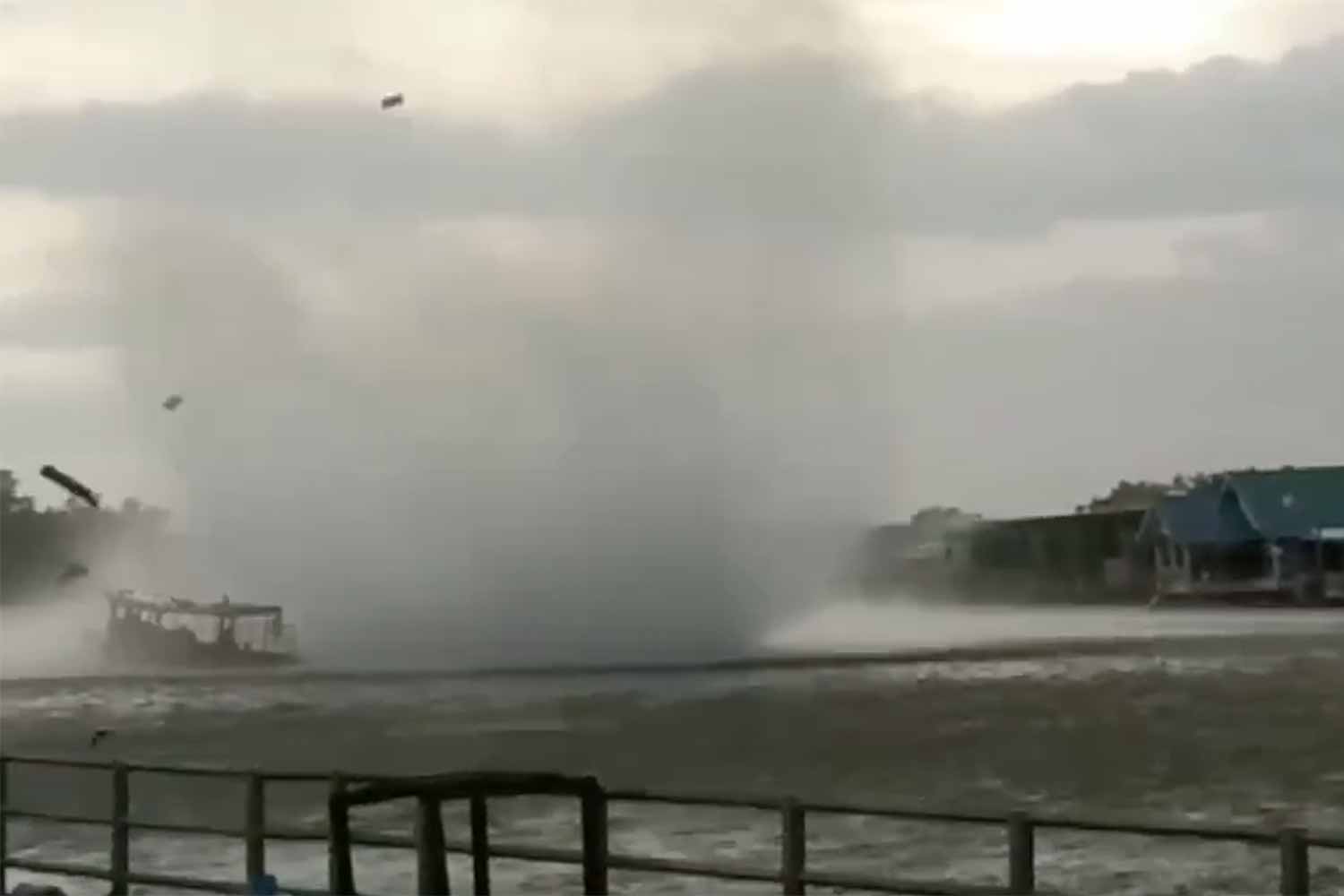
PHETCHABURI: Two tourists remained missing after a tour boat was hit by a waterspout and sank in the middle of Bang Ta Boon bay off Ban Laem district on Saturday afternoon.
The incident was reported to the 191 police emergency centre at about 5pm.
The boat was suddenly struck by a waterspout while it was taking seven passengers for a sightseeing excursion around the Ban Ta Boon bay.
The vessel sank and the seven passengers went missing.
A rescue unit from the Sawang Sanphet Thammasatan Foundation was despatched to search for the missing people. The rescuers managed to pluck five from the water to safety, but two remained unaccounted for.
Sampan Jinping, 63, the boat operator, said the two missing tourists were male, one wearing a Hawaiian shirt and the other a black T-shirt and jeans.
A video clip showing the tour boat being struck by the waterspout was taken by a man who was dining with his family at a restaurant on the shore.
The search for the two missing tourists was continuing.




